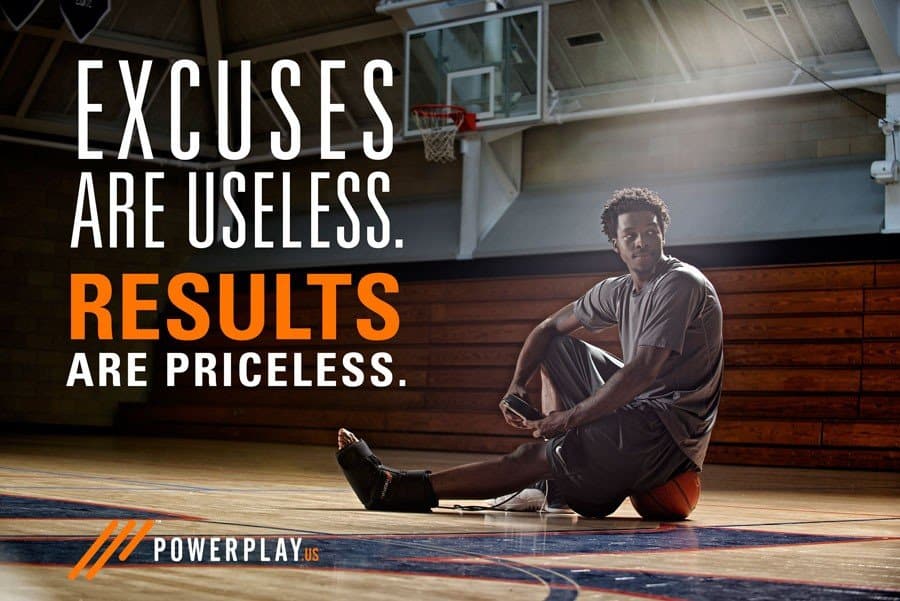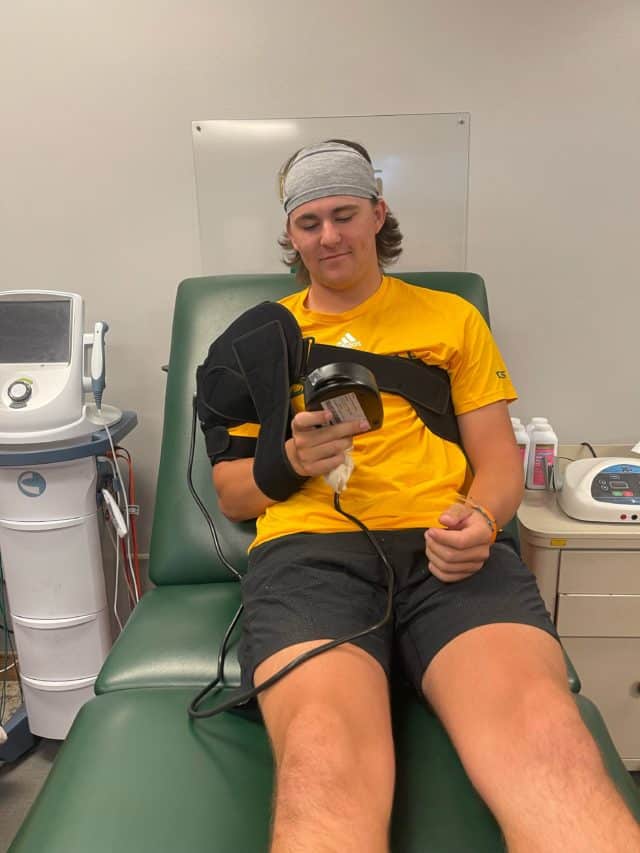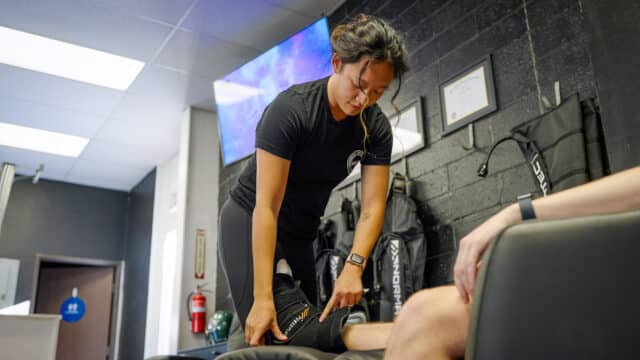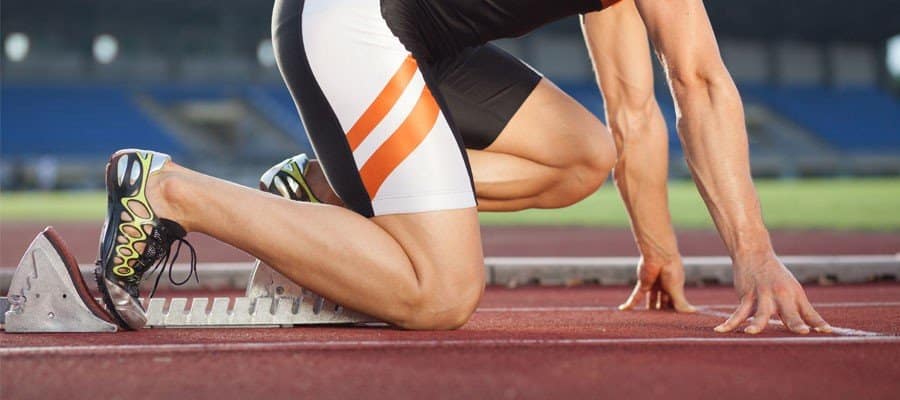While working out and training are vital to top-performing athletes, recovery should also be prioritized.
When training, athletes are usually focused on breaking a personal best, or getting to the next level. And while that focus is extremely important, sometimes it makes recovery seem like an unnecessary step in the training process. However, for both mental and physical health, athletic recovery is extremely important and cannot be overlooked. Below are some top recovery methods for athletes.
How the Body Responds to Conditioning
Recovery is an essential component of training and allows the body to repair and get stronger between workouts. When an athlete begins a workout, the body responds by increasing activity in the cardio-respiratory systems. As heart rate increases, so does the supply of blood to the brain.
When an athlete or someone who is in great shape ends a workout, the body will respond quickly, balancing back to its original state. The day after a strenuous workout, an athlete can experience delayed-onset muscle soreness.
While the benefits of exercise are astronomical, it does deplete the body’s muscle glycogen and can cause muscle tissue to break down. However, these are temporary problems that can be resolved if an athlete takes the time to recover between sessions.
What are the best recovery methods for athletes?
Rest is probably the most simple way of helping the body recover between workouts. During a rest day, the body isn’t getting sufficient time to replenish glycogen. This means that muscles aren’t able to recover from damage that the workout compromised.
There are two main categories for athletic recovery: active recovery and long term recovery.
Active recovery takes place immediately after a workout. This should take place after a strenuous workout and is typically described as low-intensity exercises including yoga or walking. Basically, any exercise that stimulates blood-flow to help muscles recover. Active recovery also helps reduce lactic acid build-up and can help reduce soreness, which is important for training and competing athletes.
Another way to take part in active recovery is compression therapy. By utilizing compression wraps, you can increase blood flow to an area to help muscles recover. But also, intermittent compression moves blood effectively to help push swelling out of the system.
Learn more about compression therapy here.
When combined with compression, cold therapy is also great to incorporate into an active recovery routine. Cold therapy helps decrease pain and soreness. Applying ice or cold to your injury also makes recovery less painful and more comfortable.
Utilizing a foam roller after a workout is also a great addition to active recovery. Foam rollers help reduce tightness as well as increase range of motion.
Long-term recovery involves rest built into a training schedule. Instead of a quick session following a workout, long-term recovery means taking rest days during the week or taking off time between big training blocks.
What are the Risks of Over-Training?
Roughly 60% of elite athletes tend to over-train. The negative effects of overtraining include dehydration, mood disturbances, and high risk of injury. And for many athletes, overtraining can lead to burnout.
Signs of over-training include fatigue, aches and pains, or decreases in performance despite training. These symptoms are signs that an athlete needs to implement long-term recovery strategies as well as adding active recovery to workouts.
Learn more about the physical and psychological effects of overtraining here.
Diet, Sleep, And Water
The top way to recover between workout sessions is hydration. Dehydrated muscles cannot repair themselves. The American College of Sports Medicine recommends drinking 16 to 24 ounces of fluid per pound during a training session.
Food also plays an important role within recovery. Athletes should consume protein following a workout to repair muscle fibers that we destroyed during an intense session. However, eating an overall balanced diet and limiting processed foods will help increase athletic performance.




